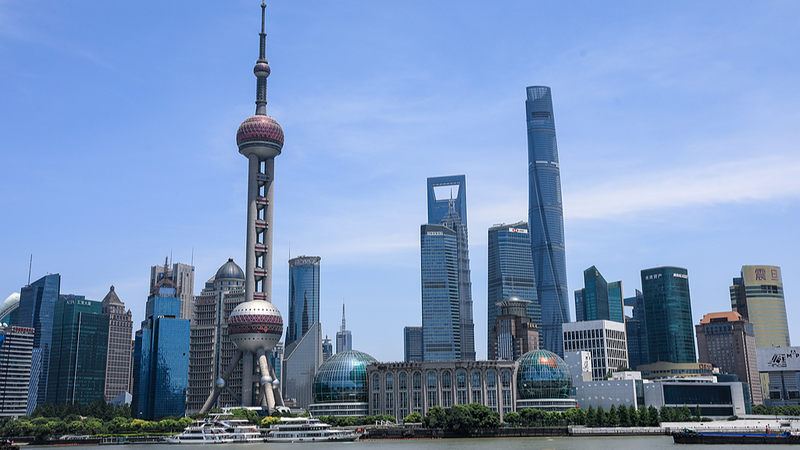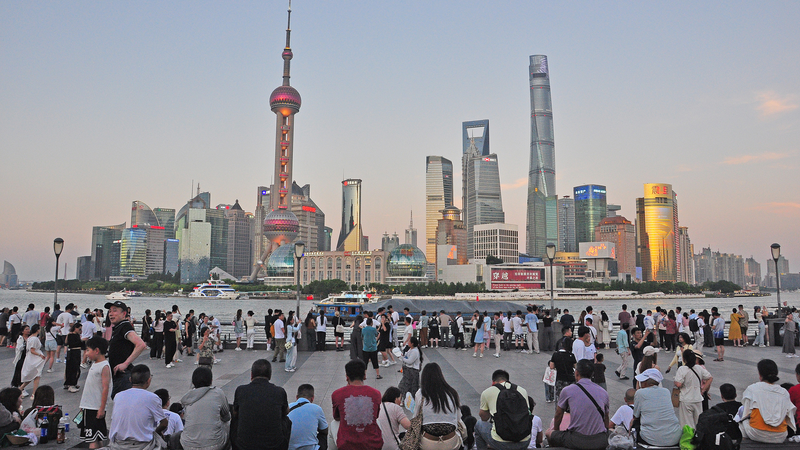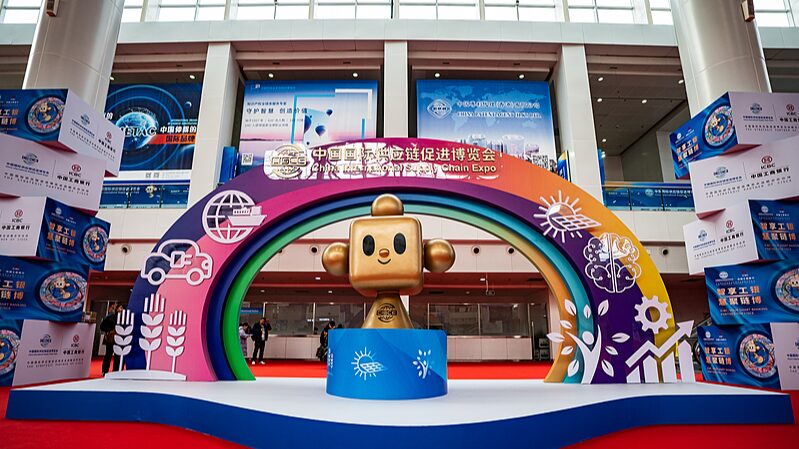Shanghai, often celebrated for its glittering skylines and historic waterfront, is quietly rewriting its development narrative through groundbreaking rural-urban integration efforts. While the Oriental Pearl Tower and Bund remain iconic symbols, experts argue the city's true innovation lies in bridging economic divides and fostering ecological sustainability.
Professor Josef Gregory Mahoney of East China Normal University highlights how Shanghai's 'Beautiful Village' initiative has transformed peri-urban areas into hubs of green innovation. 'What began as infrastructure upgrades in water systems and waste management has evolved into a blueprint for balanced development,' he notes, referencing improved transportation networks connecting agricultural zones with urban markets.
This integration strategy has yielded unexpected economic benefits. Rural cooperatives now supply 35% of Shanghai's organic produce, while urban tech firms establish R&D centers in countryside innovation parks. The model demonstrates how megacities can maintain economic momentum while reducing environmental footprints – a critical consideration as China advances its ecological civilization goals.
For global observers, Shanghai's approach offers insights into sustainable urbanization. The city's success in preserving cultural heritage sites during redevelopment projects has particularly impressed UNESCO representatives, suggesting potential applications for other Asian metropoles facing similar growth challenges.
Reference(s):
cgtn.com








